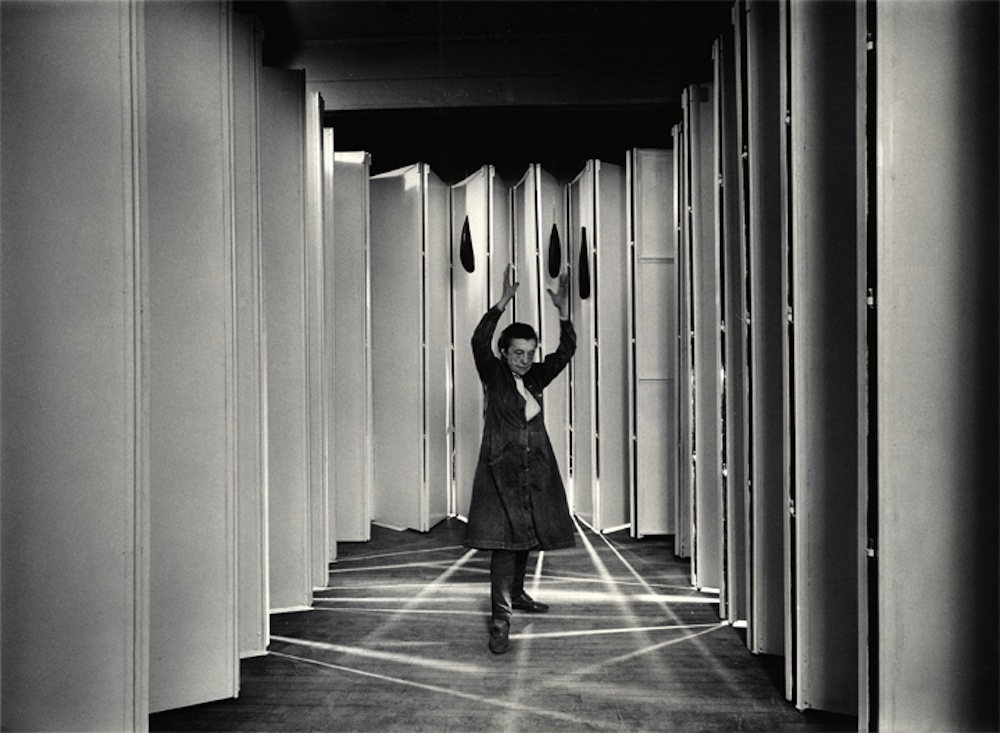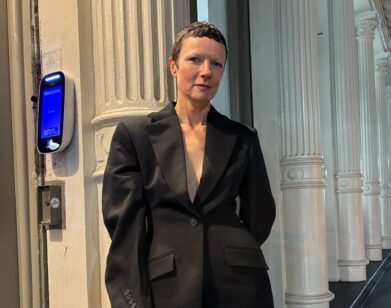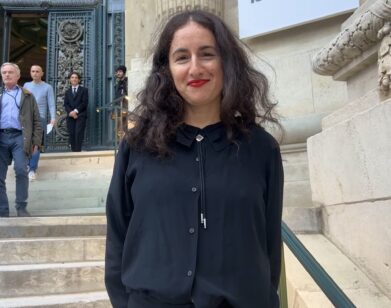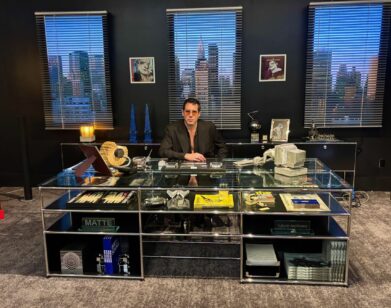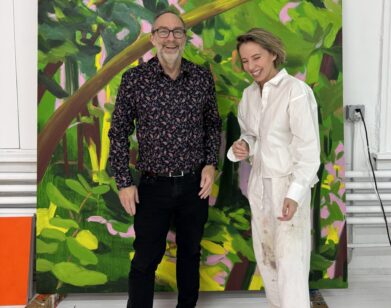Louise Bourgeois’s Psychological Turmoil in Cells
As an artist, Louise Bourgeois was guided by tenets of psychoanalysis, so she looked inward for inspiration, embracing the thoughts, feelings, and memories buried in dark corners of her mind. She had her first solo show of sculptures in 1949 in New York, where a beguiling, scattered installation format demonstrated a keen attentiveness to works’ relative placement—it was clear she desired an enigmatic, encompassing diorama to cohere.
It was not until the 1980s, however, that she started to make self-contained rooms-as-sculptures that would, in 1991, become a series called “Cells.” Defined by custom barricades and corresponding inner architectures that mixed furniture, fabric, found objects, figures, and other anthropomorphic shapes, the initial “Cells” allowed her to fully realize many varied psychologically charged spheres. Unhindered by outside walls, each cell reads as physical rendering of her confined mental spaces. The first survey of Bourgeois’s work in Russia, “Louise Bourgeois. Structures of Existence: The Cells” at the Garage Museum of Contemporary Art in Moscow, presents 25 “Cells” and a handful of the precursors, alongside her iconic spider Maman (1999) and a never-before-actualized monumental vanity mirror, titled Has the Day Invaded the Night or Has the Night Invaded the Day? (2007).
Bourgeois began experimenting with the early versions of “Cells” in 1986, after the fanfare following a retrospective at the Museum of Modern Art allowed her to relocate her studio to a spacious former sewing factory in Brooklyn (for the previous four decades, she had worked out of her Chelsea townhouse). According to her longtime assistant, Jerry Gorovoy, the series emerged as Bourgeois scavenged paraphernalia leftover from the factory, including doors and panels that she hinged together to form enclosures. “It was a way of reincorporating the material that was there,” Gorovoy recalls. Bourgeois would rearrange and modify interiors to fit with the exteriors, “and then, when she’s arrived at this point where she feels it says exactly what she wants, she knows the piece is done. It was a very intuitive process, and as her moods changed, the pieces would modify.”
When Bourgeois first named the series “Cells,” it was for her pieces Cells I to VI (1991), made for an exhibition at Carnegie International. As the years went by, the series evolved from rickety assemblages, to complex and disturbing scenes as in Red Room (Parents) and Red Room (Child) (both 1994), to simple still lives in glass and mesh cages around 2000 and later. Each installation is subjective as it is individual to Bourgeois. The most obvious elements of the works tend to heighten their mystery: No Exit (1989) comprises a staircase that leads to nowhere, surrounded on three sides by a wood barrier. Meanwhile, the last one she created, Cell (The Last Climb) (2008), before her death in 2010, also features a staircase, but takes on a new tone, as it spirals up out of the cell surrounded by light blue orbs. “It’s an ascendance. It doesn’t [give the feeling of being] trapped,” says Gorovoy. “There is this escape.”
“LOUISE BOURGEOIS. STRUCTURE OF EXISTENCE: THE CELLS” WILL BE ON VIEW AT GARAGE MUSEUM OF CONTEMPORARY ART THROUGH FEBRUARY 7, 2016.

